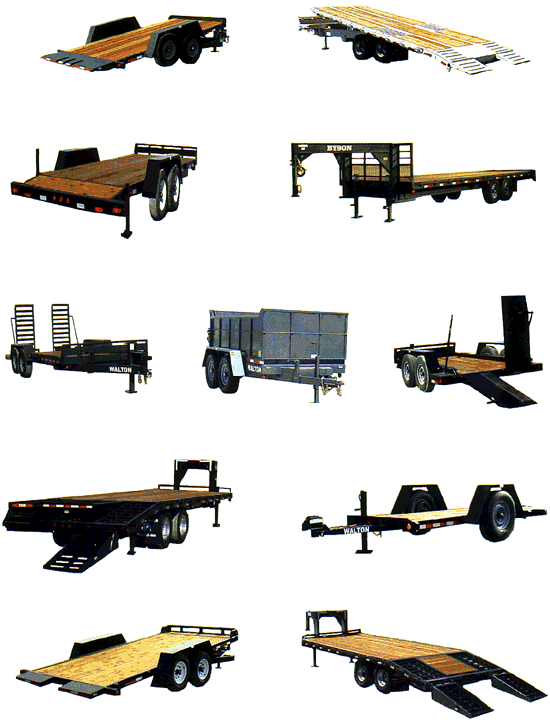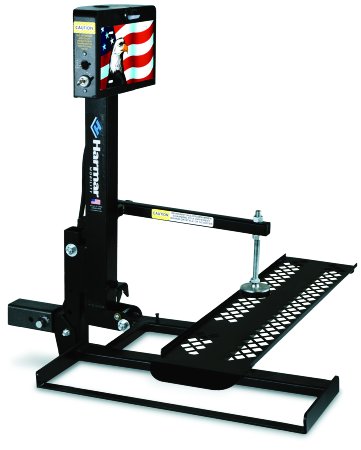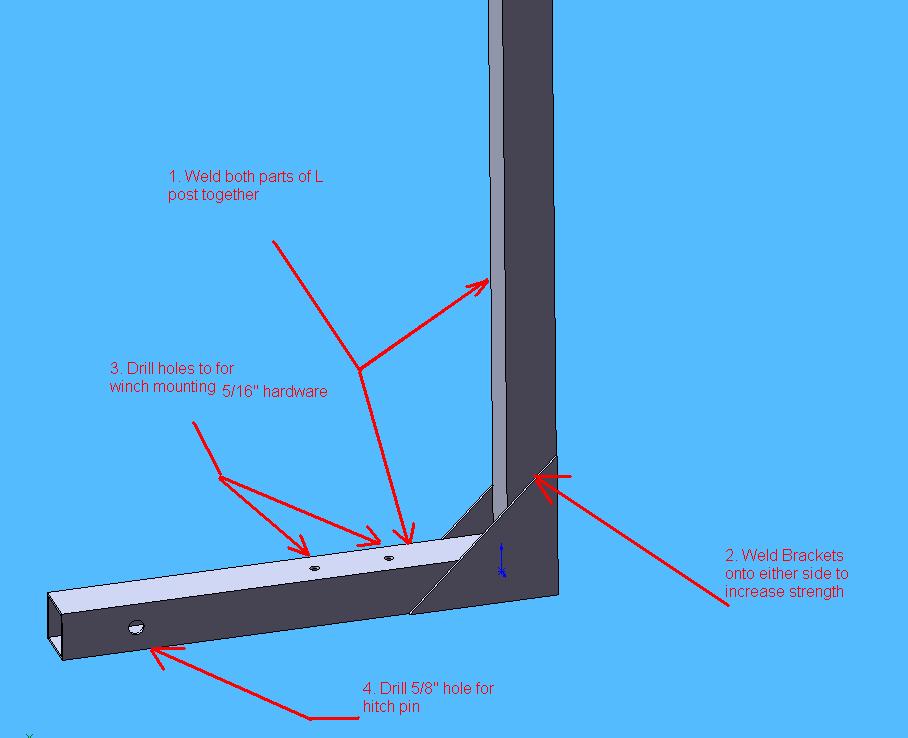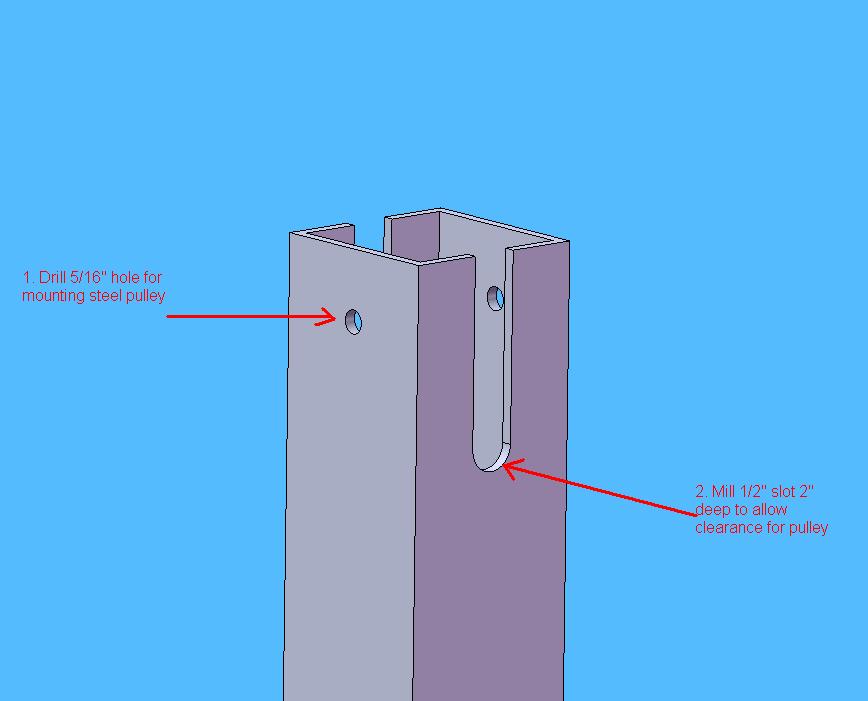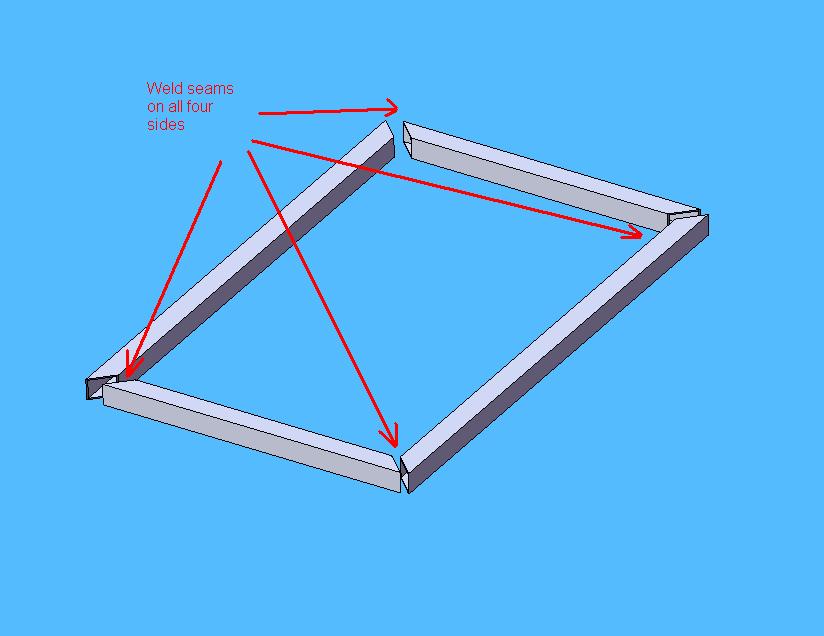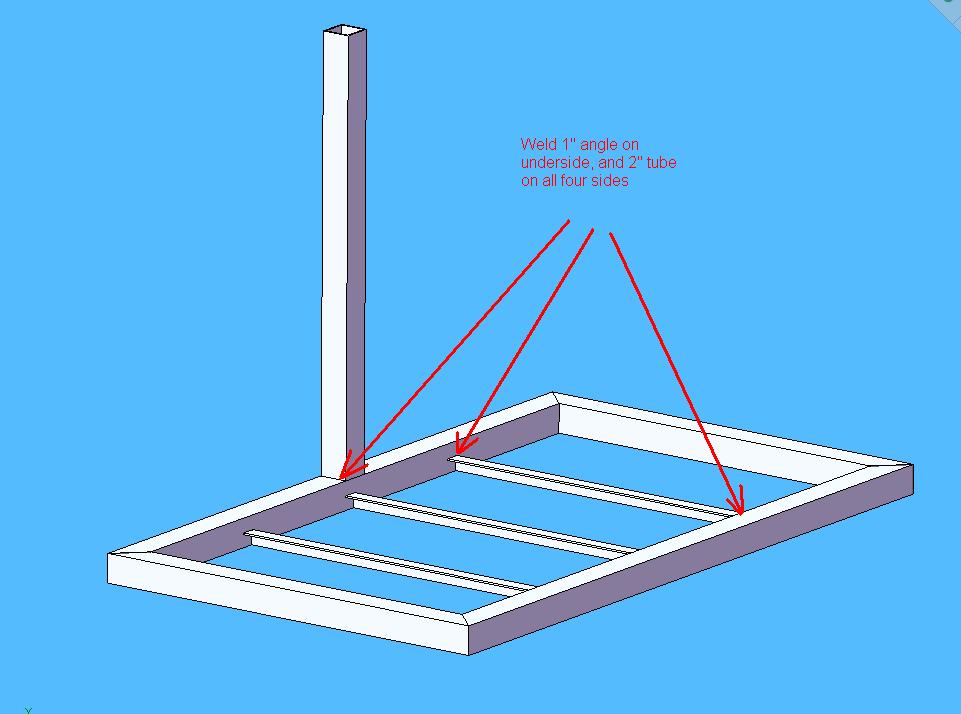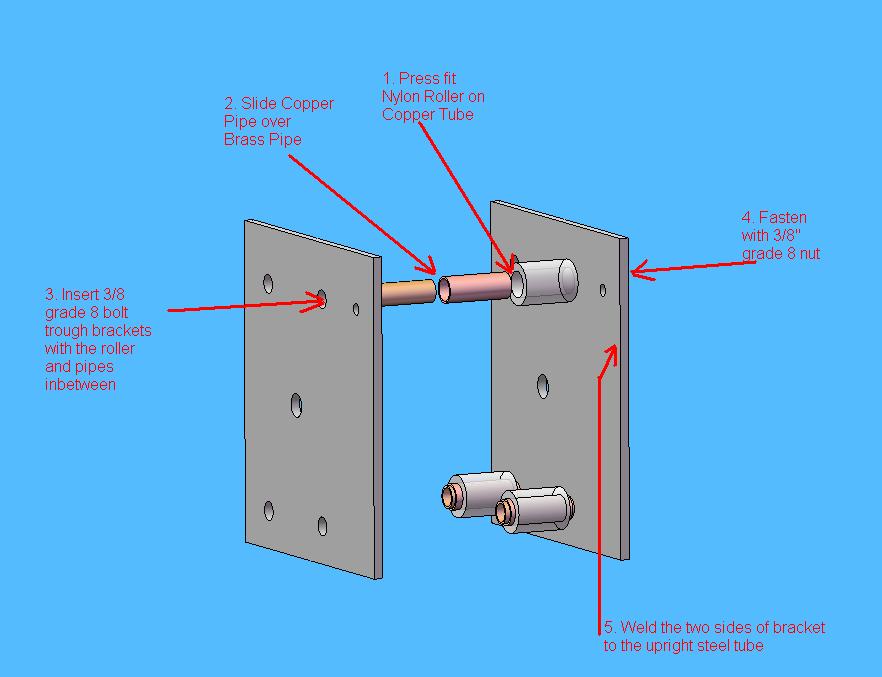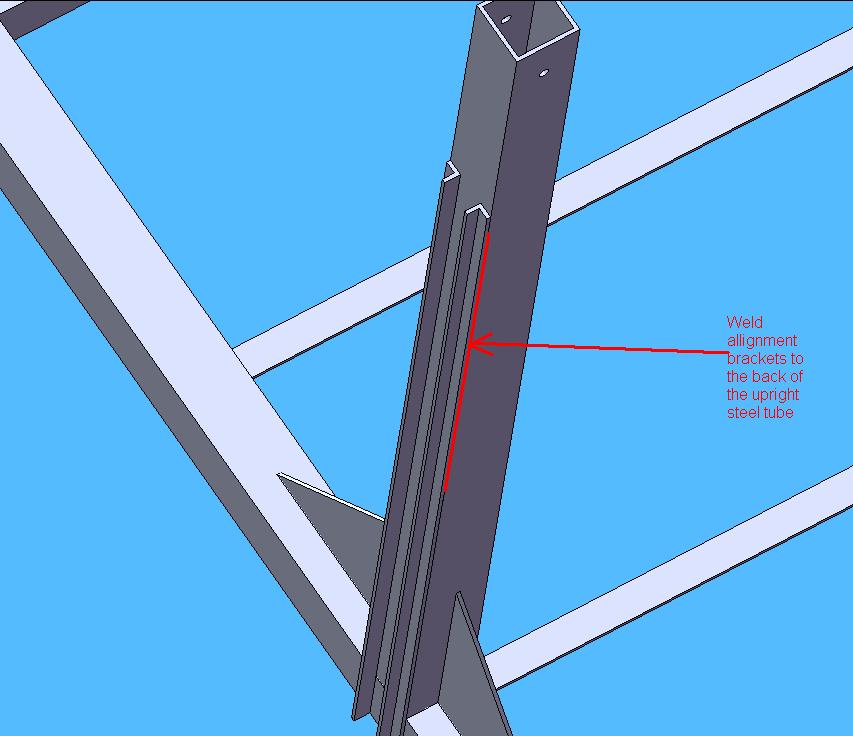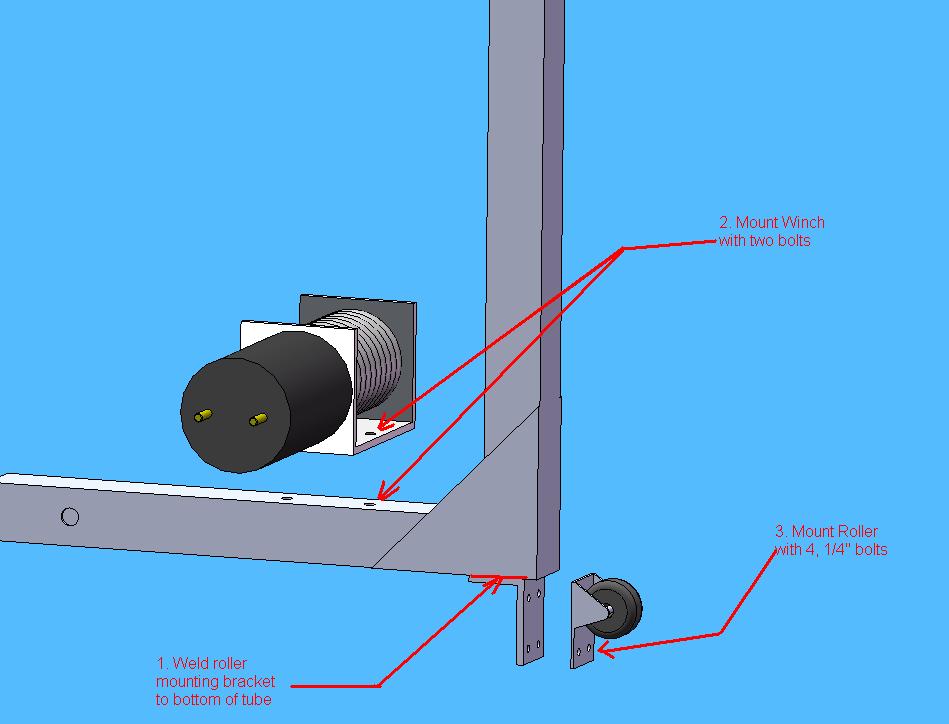Lawnmower carrier
From DDL Wiki
(→Overview) |
(→Market Analysis) |
||
| Line 8: | Line 8: | ||
== Market Analysis == | == Market Analysis == | ||
When first examining and dissecting our product, we intended on modifying the lawn mower in a way that would improve its usability, functionality, or performance. We wanted to improve the actual product so that it could better serve the user. Our potential ideas for improvement included a remodeled and ameliorated suspension system to allow for a more even lawn cut, or perhaps a blade speedometer to warn the user if the blades were dropping below an indicated stall-out speed. However, after performing market research and analysis, we realized that it would be difficult to improve upon a product that countless designers had spent time inventing. We spoke with some local retailers, service repairmen, and even our group member Alex, who had cut lawns independently for eleven years. We determined that one of the most significant issues with lawn mower wasn't necessarily the mowing, rather the transportation of the mower itself. Several people that we spoke with commented on how dirty, labor-intensive, and time-consuming this process could be, especially if the user did not have an appropriate vehicle for transportation. Therefore, we chose to explore the market of trailer hitch attachments that could serve to transit a lawn mower. | When first examining and dissecting our product, we intended on modifying the lawn mower in a way that would improve its usability, functionality, or performance. We wanted to improve the actual product so that it could better serve the user. Our potential ideas for improvement included a remodeled and ameliorated suspension system to allow for a more even lawn cut, or perhaps a blade speedometer to warn the user if the blades were dropping below an indicated stall-out speed. However, after performing market research and analysis, we realized that it would be difficult to improve upon a product that countless designers had spent time inventing. We spoke with some local retailers, service repairmen, and even our group member Alex, who had cut lawns independently for eleven years. We determined that one of the most significant issues with lawn mower wasn't necessarily the mowing, rather the transportation of the mower itself. Several people that we spoke with commented on how dirty, labor-intensive, and time-consuming this process could be, especially if the user did not have an appropriate vehicle for transportation. Therefore, we chose to explore the market of trailer hitch attachments that could serve to transit a lawn mower. | ||
| - | After examining the market for trailers and the sort, we realized that there wasn't really a product that was convenient for the independent lawn-mowing businessman. One can see from the photo below that the majority of trailers are much | + | After examining the market for trailers and the sort, we realized that there wasn't really a product that was convenient for the independent lawn-mowing businessman. One can see from the photo below that the majority of the trailers are much too cumbersome and expensive for a non-commercial entrepreneur. |
[[Image:trailer.gif]] | [[Image:trailer.gif]] | ||
| + | |||
| + | These trailers ranged anywhere from $1,000-$5,000 in price and several of them are not appropriate for your average vehicle. We also researched the prices and designs of mobility scooter lifts for more comparison. A variety of this type of lift can be seen in the images below: | ||
| + | |||
| + | [[Image:scooter1.jpeg]] [[Image:Example.jpg]] [[Image:Example.jpg]] | ||
== Design Documentation == | == Design Documentation == | ||
Revision as of 16:56, 9 December 2008
Contents |
Lawn Mower Carrier
Overview
The purpose of this project was to select a product and determine an innovative way to improve it. Our product is a self-propelled lawnmower. We did some market research, which included speaking to people at a lawnmower repair shop. We saw early on that people had a problem transporting their mowers, and we determined that we were going to design a mechanism that makes it easier to move a mower between locations. The design that we came up with was a mechanical lift that slides into a standard trailer hitch. Through the design process, we built multiple prototypes, each time improving our design until we decided on the design for our final prototype. After constructing our final prototype and doing user testing we were able to determine changes that we would make for future designs. We also saw that our product could be used to transport not only lawnmowers but also personal electric scooters, bicycles, and a variety of other things. In the end we were able to create a product that would sell for more than half the price of our competitors and attack a wider market than we had originally expected. This is good evidence that there is a need for this product and we believe, if produced on a large scale, it would sell.
Market Analysis
When first examining and dissecting our product, we intended on modifying the lawn mower in a way that would improve its usability, functionality, or performance. We wanted to improve the actual product so that it could better serve the user. Our potential ideas for improvement included a remodeled and ameliorated suspension system to allow for a more even lawn cut, or perhaps a blade speedometer to warn the user if the blades were dropping below an indicated stall-out speed. However, after performing market research and analysis, we realized that it would be difficult to improve upon a product that countless designers had spent time inventing. We spoke with some local retailers, service repairmen, and even our group member Alex, who had cut lawns independently for eleven years. We determined that one of the most significant issues with lawn mower wasn't necessarily the mowing, rather the transportation of the mower itself. Several people that we spoke with commented on how dirty, labor-intensive, and time-consuming this process could be, especially if the user did not have an appropriate vehicle for transportation. Therefore, we chose to explore the market of trailer hitch attachments that could serve to transit a lawn mower. After examining the market for trailers and the sort, we realized that there wasn't really a product that was convenient for the independent lawn-mowing businessman. One can see from the photo below that the majority of the trailers are much too cumbersome and expensive for a non-commercial entrepreneur.
These trailers ranged anywhere from $1,000-$5,000 in price and several of them are not appropriate for your average vehicle. We also researched the prices and designs of mobility scooter lifts for more comparison. A variety of this type of lift can be seen in the images below:
